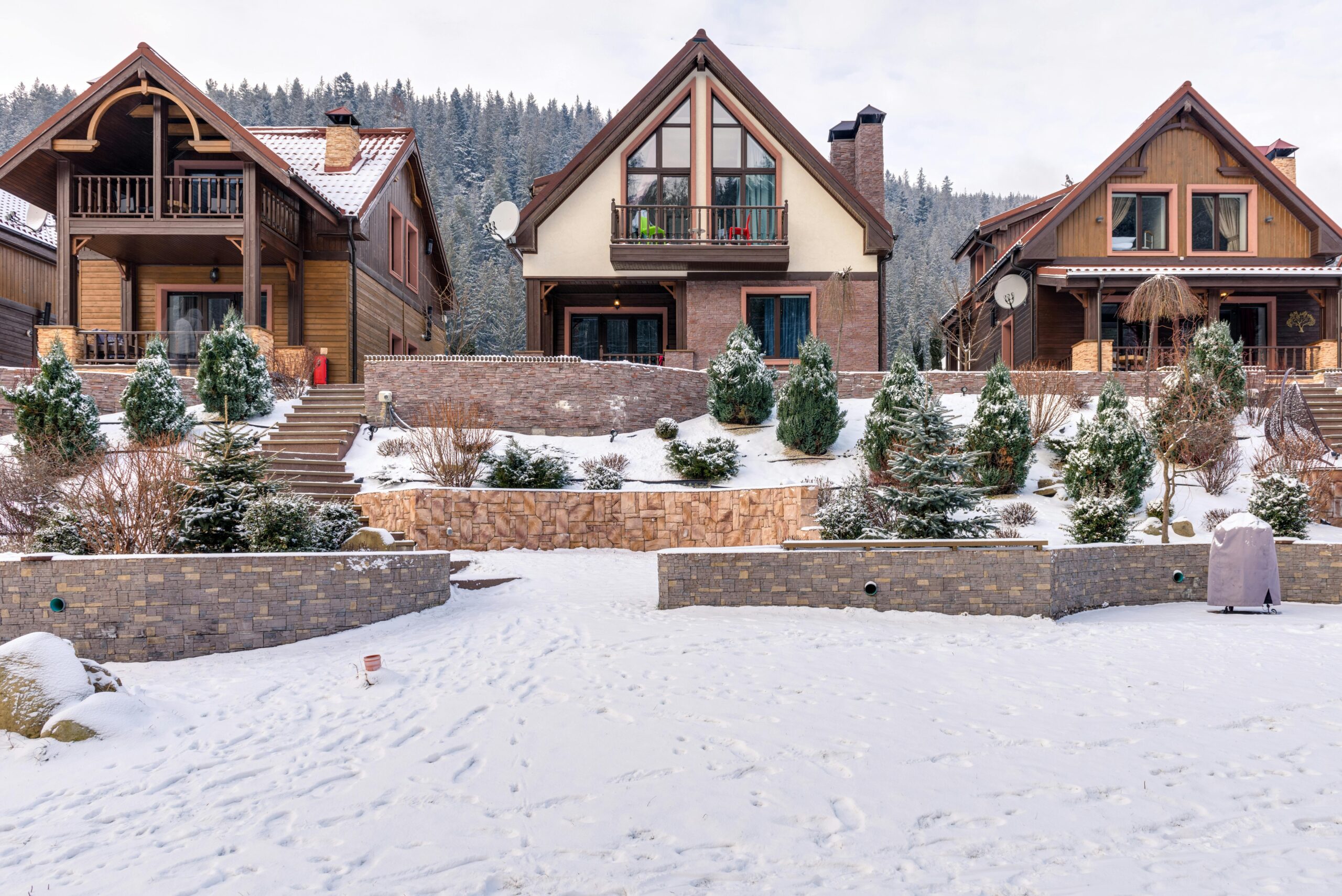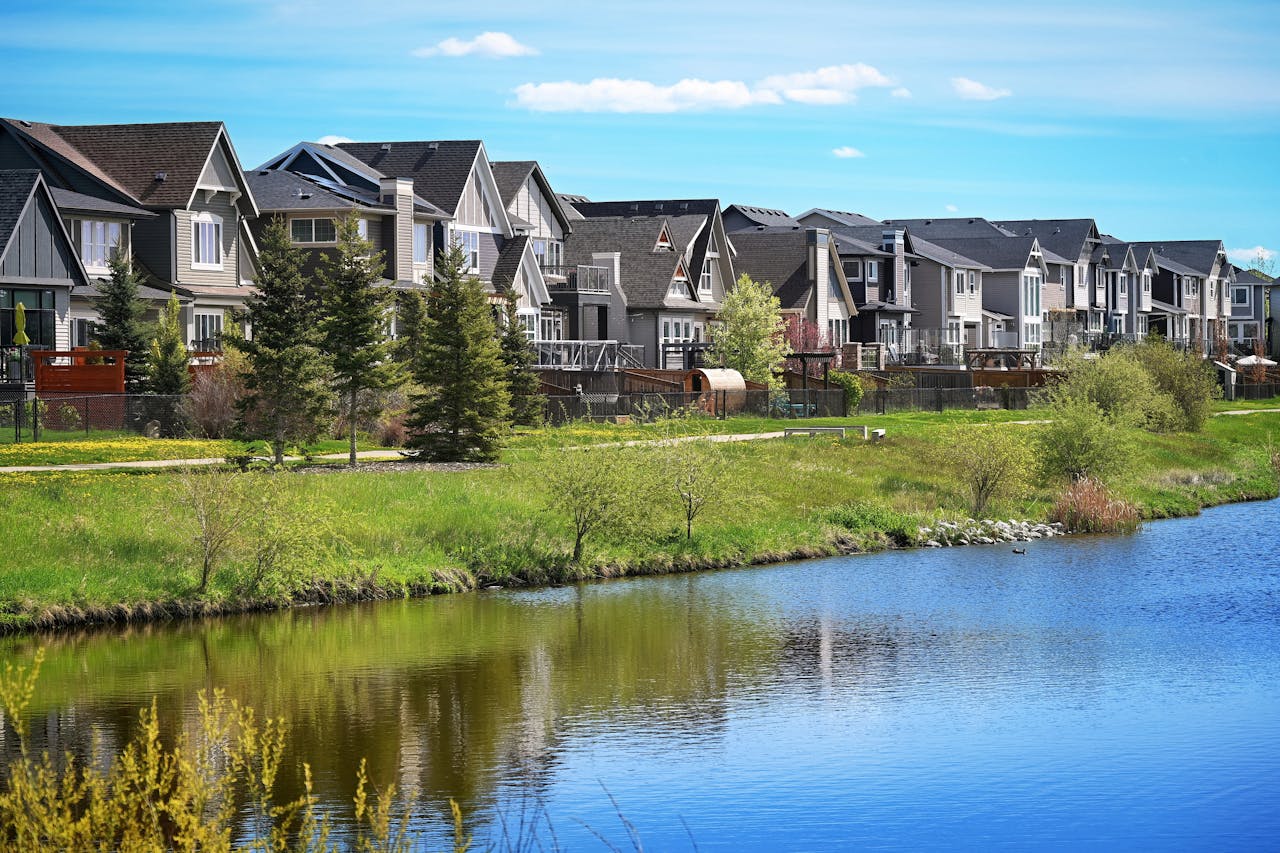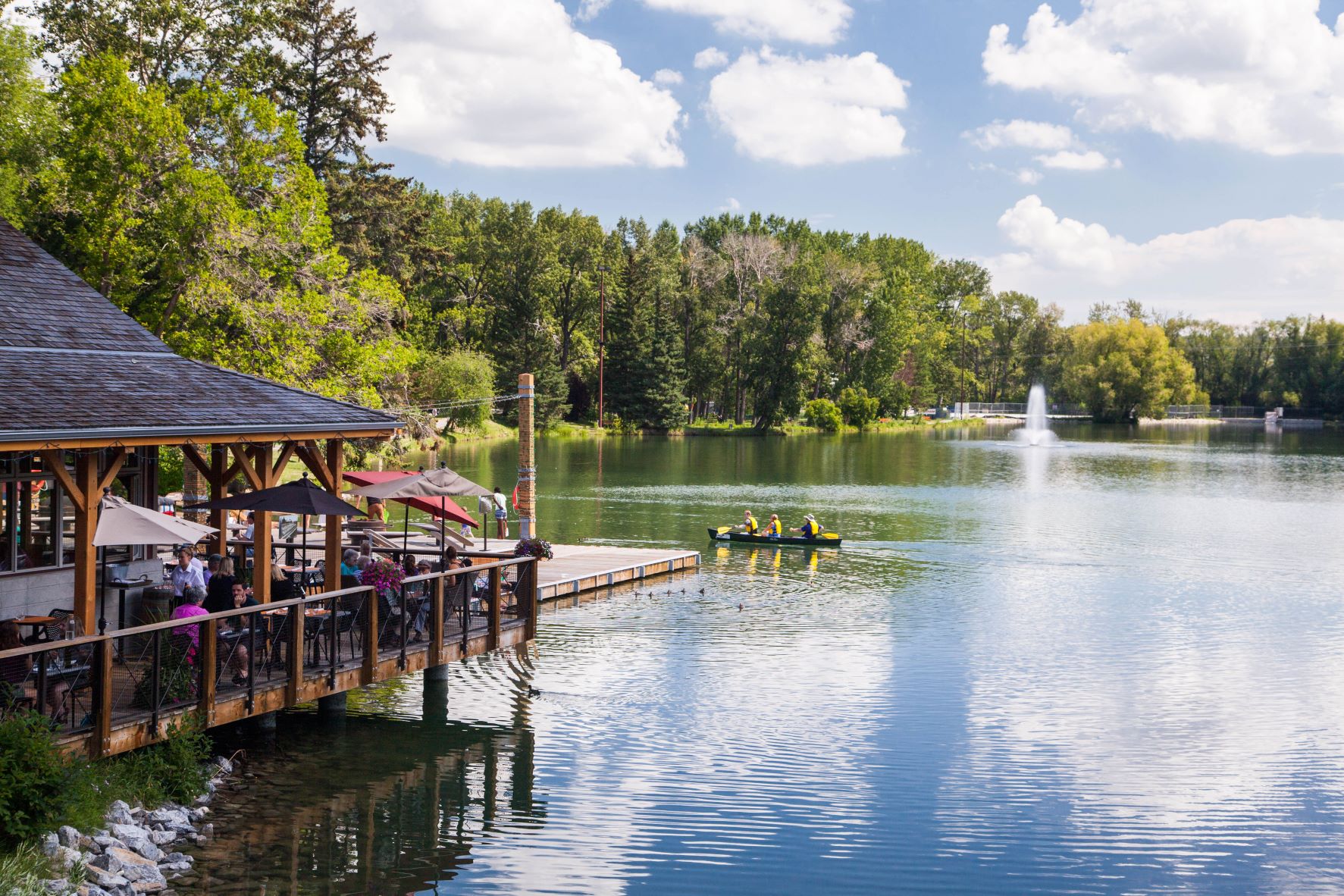Saving for a down payment on your first home can feel like an endless climb. With housing prices on the rise, it’s natural to wonder how much you actually need to get your foot in the door.
Here’s a helpful explanation of the down payment requirements for first-time home buyers in Alberta. These will also explore some potential strategies to make your homeownership dreams a reality for first-time buyers in the province.
What is the Minimum Down Payment Requirement?
- For homes priced under $500,000: The minimum down payment is 5% of the purchase price.
- For homes priced between $500,000 and $999,999: The minimum down payment is 5% on the first $500,000 and 10% on the portion exceeding $500,000.
- For homes priced at $1 million or more: The minimum down payment is 20% of the total purchase price.
Additional Considerations To Know:
Mortgage Insurance:
If the down payment is less than 20%, buyers will need to obtain mortgage loan insurance through providers like CMHC (Canada Mortgage and Housing Corporation) to protect the lender in case of default.
First-Time Home Buyer Programs:
Alberta offers various assistance programs, such as the Alberta PEAK program, which provides grants to help cover down payments and closing costs for eligible buyers.
Home Buyers’ Plan:
First-time buyers can withdraw up to $35,000 tax-free from their Registered Retirement Savings Plan (RRSP) to use toward their down payment.
What are the Benefits of a 20% Down Payment in Alberta?
There are several key benefits to aiming for a 20% down payment when buying a home in Alberta:
Avoid Mortgage Insurance Costs
If your down payment is less than 20%, you will need to purchase mortgage loan insurance through providers like CMHC (Canada Mortgage and Housing Corporation). This insurance protects the lender in case you default on the loan. The cost of the insurance premium can add up to thousands of dollars and is based on the loan-to-value ratio, with lower down payments resulting in higher premiums.
Lower Monthly Mortgage Payments
A larger down payment reduces the total mortgage amount you need to borrow. For the same amortization period and interest rate, a smaller mortgage will result in lower monthly payments. For example, on a $250,000 home at 3.4%, a 20% down payment of $50,000 would result in monthly payments of $988 over 25 years, compared to $1,220 with a 5% down payment.
Pay Less Interest Over the Life of the Loan
With a smaller mortgage amount, you’ll pay less interest over the life of the loan. This can save you tens of thousands of dollars in interest costs.
Pay Off the Mortgage Faster
If your budget allows, you can make higher monthly payments with the lower mortgage amount from a 20% down payment. This allows you to pay off the mortgage sooner, for example in 20 years instead of 25.
Immediate Equity in Your Home
A 20% down payment gives you instant equity in your home, which can be accessed through refinancing or a home equity line of credit if needed in the future.
While saving up 20% can be challenging, especially for first-time buyers, it provides significant financial advantages in the long run by reducing costs, payments, and interest. However, it’s still possible to purchase a home with a smaller down payment by taking advantage of programs like the Alberta PEAK down payment assistance.
What are the Benefits of a Larger Down Payment?
There are several key benefits to making a larger down payment when buying a home in Alberta:
Lower Monthly Mortgage Payments
A larger down payment means you need to borrow less, resulting in lower monthly mortgage payments. For example, on a $250,000 home at 3.4% interest, a 20% down payment of $50,000 would lead to monthly payments of $988 over 25 years, compared to $1,220 with a 5% down payment.
Avoid Mortgage Insurance Costs
A larger down payment means you need to borrow less, resulting in lower monthly mortgage payments. For example, on a $250,000 home at 3.4% interest, a 20% down payment of $50,000 would lead to monthly payments of $988 over 25 years, compared to $1,220 with a 5% down payment.
Pay Less Interest Over the Life of the Loan
By borrowing less, you’ll pay significantly less interest over the life of the mortgage. For a $200,000 home, a 20% down payment of $40,000 would save you over $28,000 in interest compared to a no down payment scenario.
Increased Equity and Flexibility
A larger down payment gives you more equity in your home from the start. This provides financial security and options if you need to refinance or sell in the future. For example, if you put 20% down on a $500,000 home, you immediately have $100,000 in equity.
Better Chance of Mortgage Approval
Lenders view larger down payments favorably as they demonstrate the buyer’s financial stability and commitment. This can improve your chances of mortgage approval, especially if you have less-than-perfect credit.
Also read: What is Mortgage Pre-Approval?
Competitive Advantage in a Bidding War
When multiple buyers are competing for a home, sellers prefer offers with larger down payments. This is because larger down payments make it less likely the deal will fall through due to financing issues.
While saving up a 20% down payment can be challenging, the long-term benefits of lower costs, payments, and interest make it a smart financial move for most buyers who can afford it. However, even a 5% down payment is sufficient to purchase a home in Alberta.
Does a Larger Down Payment affect my Chances of Getting a Mortgage Approved?
A larger down payment significantly enhances your chances of getting a mortgage approved for several reasons:
Demonstrates Financial Stability
Lenders view a larger down payment as a sign of financial responsibility and stability. It indicates that the borrower has the ability to save and manage their finances effectively, which can positively influence the lender’s decision-making process.
Reduces Risk for Lenders
A larger down payment lowers the loan-to-value (LTV) ratio, which is the amount of the mortgage compared to the appraised value of the home. A lower LTV reduces the lender’s risk, making them more likely to approve the mortgage application. For example, if you put down 20% on a home, the LTV is 80%, which is generally considered a safer investment for lenders.
Avoids Mortgage Insurance
By making a larger down payment (typically 20% or more), borrowers can avoid the costs associated with mortgage loan insurance, which is required for down payments below 20%. This not only reduces monthly payments but also simplifies the mortgage approval process, as lenders prefer applications without the added complexity of insurance requirements.
Increases Borrowing Power
A larger down payment can increase your borrowing power, allowing you to qualify for a larger mortgage. This is particularly beneficial in competitive housing markets, where higher-priced homes may require a more substantial down payment to secure financing.
Better Loan Terms
With a larger down payment, borrowers may qualify for better loan terms, such as lower interest rates. Lenders often offer more favorable terms to those who present less risk, which can save you money over the life of the loan.
In summary, a larger down payment not only improves your chances of mortgage approval but also provides financial advantages that can lead to long-term savings and stability.
What are the Best Saving Strategies for a Down Payment?
Saving for a down payment can be a significant challenge for many prospective homebuyers. Here are some effective strategies to help you accumulate the necessary funds:
1. Make Use of Tax-Advantaged Accounts
- First Home Savings Account (FHSA): This account allows you to save up to $8,000 in the year you open it, with a lifetime contribution limit of $40,000. Contributions are tax-free, making it a beneficial option for first-time buyers.
- Registered Retirement Savings Plan (RRSP): Under the Home Buyers’ Plan (HBP), you can withdraw up to $35,000 tax-free from your RRSP to use as a down payment. This amount must be repaid within 15 years, but it acts as an interest-free loan for your home purchase.
- Tax-Free Savings Account (TFSA): While contributions to a TFSA are not tax-deductible, the interest earned is tax-free. You can withdraw funds at any time without tax implications, making it a flexible option for saving.
2. Create a Detailed Budget
Establish a budget that outlines your income and expenses. Identify areas where you can cut back, such as dining out or entertainment, and allocate those savings toward your down payment. Regularly tracking your spending can help you stay on course.
3. Increase Your Income
Consider taking on a part-time job or freelance work to boost your savings. Additionally, look for opportunities to earn bonuses or commissions at your current job, which can be directed entirely toward your down payment fund.
4. Sell Unused Items
Declutter your home and sell items you no longer need, such as electronics, furniture, or collectibles. Online marketplaces make it easy to sell these items and can provide a quick influx of cash for your savings.
5. Adjust Your Spending Habits
- Grocery Shopping: Change your grocery shopping habits by opting for store-brand products or shopping at discount grocery stores. Planning meals and making a shopping list can also help reduce unnecessary purchases.
- Transportation: If feasible, consider reducing your number of vehicles or using public transportation. This can significantly lower your monthly expenses, allowing you to save more for your down payment.
6. Automate Your Savings
Set up automatic transfers from your checking account to your savings account specifically for your down payment. This “pay yourself first” approach ensures that you consistently contribute to your savings without having to think about it.
7. Take Advantage of Government Programs
Research local and federal assistance programs designed for first-time homebuyers. In Alberta, programs like the Alberta PEAK and the Attainable Homes Calgary initiative offer grants and assistance that can ease the burden of saving for a down payment.
By implementing these strategies, you can effectively build your savings and move closer to achieving your goal of homeownership. Also read The 7 Steps to Mastering Your Home Buying Budget.
Conclusion
First-time home buyers in Alberta should aim for at least a 5% down payment, but striving for a higher percentage, such as 20%, can help avoid additional insurance costs and lead to better mortgage terms. It is also advisable for buyers to consult with mortgage professionals to understand their options and plan effectively for their home purchase.
Grab This! The Free Calgary Home Buyers Glossary downloadable to help you understand the real estate jargon.





